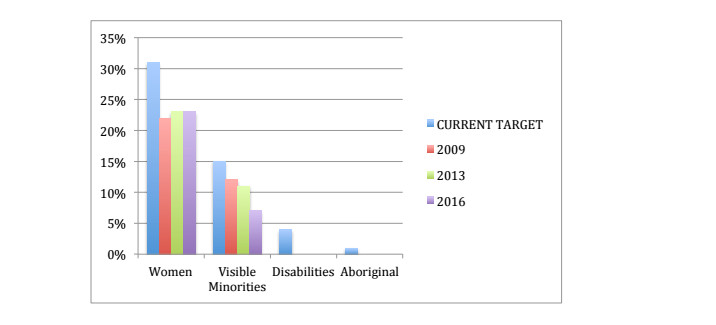Research suggests consuming probiotics during puberty may help build resilience to anxiety, depression later in life
A study from a team of University of Ottawa researchers has linked probiotic intake in mice during their developmental period to the prevention of mental illness later in life.
Nafissa Ismail, a psychology professor at the U of O, uses animal models to research the impact of stress during puberty and how it can alter the brain and impact future behaviours.
“A lot of the cases of mental illness we find during adulthood have actually begun during puberty and adolescence, but they often are not diagnosed easily or treated right away,” she says. “My work shows there are certain stressors during puberty that will predispose a mouse to depression or anxiety.”
Her research has shown one avenue in which stress impacts the brain is through the gut microbiome, the complex collection of bacteria living inside the intestines.
Stressful events can cause this bacteria to become more inflammatory and to leak from the gut, Ismail says. If they leak into the bloodstream, bacteria are then carried to the brain where they can cause neuroinflammation. And while the brain is equipped with cells to fight this kind of inflammation, they’re not as effective at doing their job during puberty.
In humans, these kinds of stressful events that can predispose a person to mental illness can include bullying or sexual abuse, Ismail says.
“So the neuroinflammation will persist and then alter the brain circuits involved in anxiety and depression, which is why we’d see the illnesses later on,” she adds.
Ismail has found sex differences exist in mice: females are more likely to develop depression or display depressive behaviour, while in males, anxiety is the more common culprit.
In her most recent study, published in June in the Brain, Behaviour and Immunity journal, Ismail and PhD student Emma Murray wanted to investigate the role probiotics, live bacteria commonly found in yogurt and fermented milk, could play in building resilience to mental illness through the gut microbiome.
In the study, the team exposed the control group of mice to skim milk and the experimental group to probiotic fermented milk (kefir) during their developmental period, which is six weeks. Both groups were also exposed to a bacterial endotoxin to trigger a stress and immune response.
The team then followed the mice into adulthood, looking for development of mental illness using open field and maze tests that can help gauge the animal’s behaviour. They found mice exposed to skim milk showed signs of anxiety and depression, while the mice exposed to the probiotic-rich kefir did not.
The findings suggest probiotics may be protecting against the development of stress-induced mental illness later in the lifespan, Ismail says.
“It’s probably a good idea to take some probiotics during puberty to prevent and buffer the impacts of stress,” Ismail says.
Consuming prebiotics, which help feed probiotics and are commonly found in bananas, onions and garlic, may also be helpful, she adds.
The next step for Ismail and her team is to isolate the specific types of probiotics which may promote resilience to mental illness.
“We want to narrow it down to the specific bacteria so we can develop probiotic products or better guide the population in the (probiotic) choices they make,” Ismail says, adding the team is also on the hunt for isolating which bacteria are increasing the leakiness of the gut.
“My passion is to prevent mental illness,” Ismail says. “We have spent so many years trying to find effective treatments for mental illness but have we been effective? Not really.”
“We have spent all these years studying the brain like it’s an isolated organ, forgetting that it belongs to the body and interacts with lots of other organs,” Ismail says. “At least if we can prevent (the onset) of mental illness during puberty, already we will have rescued a big portion of the population.”





